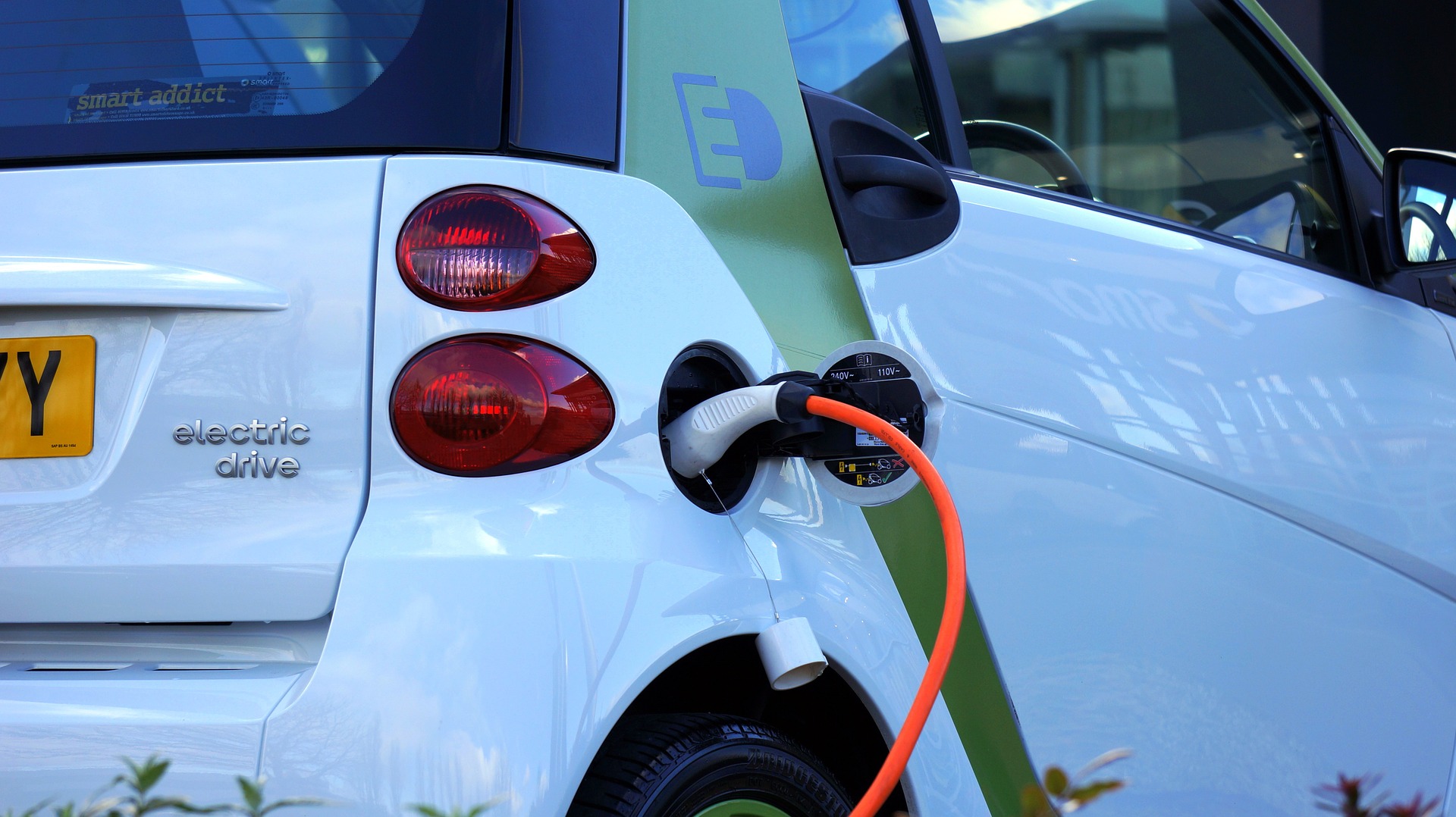
According to an article on The Kenyan Wall Street, the government of Kenya plans on having at least 5% of all registered vehicles in the market being electric by the year 2025. This comes after a report back in September that said the Ministry of Energy would require new buildings to incorporate charging stations. Earlier on in August, KenGen had said it is planning on rolling out an electric charging network and introducing electric vehicles for public service.
These are all welcome plans that will help shift Kenya from her current reliance on fossil fuels that have negative effects on the environment. Many countries across the world are shifting to electric vehicles. And the conversation across the African continent is taking shape with Rwanda last year partnering with Volkswagen and Siemens to introduce charging stations and electric cars in the country. It is a good thing that Kenya is also joining the chat.
However, saying something is one thing while planning for it and realising the dream is another. In Kenya, we like to talk, talk, and build fantasies about the future without actually planning for it, and making sure the plans we set are sound.
Currently, there are a couple of things that have been done as incentives to encourage a shift to electric cars:
- Excise duty for fully electric cars fell from 20% to 10%
- That’s all. For real, the rest is all talk.
One thing to clarify is that other reports point to the goal being achieving at least 5% of all new imports in 2025 being electric and not 5% of all vehicles in the country. While both of these targets are achievable, a lot needs to be done before we get here.
The current reduction in excise duty is not doing anything to help achieve this 5% target. Think of it this way, while there are many companies making electric vehicles across the world, there’s currently not a single one assembling them in Kenya. Meaning, if you want to get an electric car, you will need to, first of all, choose one which you feel suits your needs, is in your budget, and can easily be charged locally (more on this later). Then you will need to use a car imports company to facilitate this process, pay for shipping, pay about 25% import duties, pay the 10% excise duty, pay for VAT, and then pay an import declaration fee. There could be more hidden charges remember. And this is already on top of the already steep price of the electric car itself.
If that’s all okay with you, you will then need to plan how to charge your vehicle locally. According to electromaps.com, there is no charging station currently in the country. However, that could be wrong depending on whether or not the ones used by Nopea Ride (an electric taxi company in Nairobi) are open to the public. This means that if you have an electric vehicle, you will need to plan to charge your car (let’s even include motorcycles and bicycles) at home. And while you may think that’s okay, remember we have one dominant company supplying all the electricity in the country; Kenya Power – one of the most unreliable companies around. The charges you will incur first of all installing the charging system at home, then charging the car over time need to be factored in.
Then you will need to know the distance your car can do on a single charge, so that it doesn’t run out on the way because we don’t as yet have a charging system across the country to help you top up as you travel.
As you can see, it currently makes no sense for most Kenyans who drive to get an electric car. The process of acquisition is expensive, yet we haven’t even dealt with stuff like insurance or maintenance. Only the very rich can easily get electric vehicles. And if that 5% target is only for the rich, then are we really getting into the electric shift to save the environment?
Here’s a couple of things the government should do to make the shift to electric vehicles plausible in the next five to ten years:
- Get into agreements with car companies across the world so that they can set up factories, and assemblies locally. This can be either through land space, taxes, or much more. We already have a couple of companies in the country. Give them incentives to shift to electric cars, and partner with them to build an open charging system that everyone can use.
- Break up Kenya Power. Let more companies get into electricity supply so that there’s competition which will help bring more in the space. That way, we will see an easier shift to buildings incorporating charging systems and much more. That way, even upcoming Nuclear Power plans will find a working system where the energy could be fed to different grids.
- Properly organise public transport so that when there’s finally an electric charging grid, public transport is made to be fully reliant on electricity. Public transport, not personal cars, is the future.
Even I know that the above will probably never come into effect. Not with an unwilling government, or an uneducated people. Not with the billions our leadership pours into outdated technology as we have with the Standard Gauge Railway (SGR), or as we are currently doing with the Bus Rapid Transit (BRT) system in Nairobi. However, this article is meant as a contribution of my personal thoughts and ideas to the ongoing public discourse on a better future for Kenya.
What are your thoughts on the same? Let me know down below.







